What is a Minnow? An In-Depth Look at These Small Fish
Minnows. The very name conjures images of crystal clear streams and the gentle flicker of sunlight on water. But these diminutive fish are far more than just a picturesque element of aquatic ecosystems. They are vital components of the food web, indicators of environmental health, and fascinating creatures with a rich evolutionary history. This guide explores the world of minnows, delving into their biology, behavior, habitat, and their surprising importance.
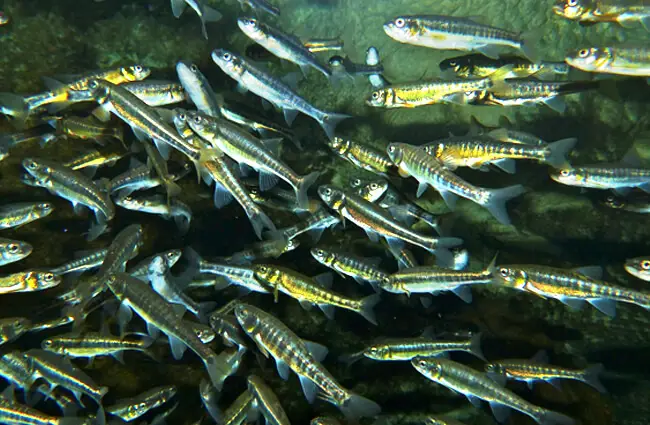
Defining the Minnow
The term "minnow" isn’t a strict taxonomic classification. Rather, it’s a common name applied to several small freshwater fish, typically those under 10 centimeters in length. Most minnows belong to the family Cyprinidae, which is the largest family of freshwater fish, encompassing over 3,000 species. Within this family, certain genera and species are commonly referred to as minnows, including the Common Minnow (Phoxinus phoxinus), Fathead Minnow (Pimephales promelas), and various Danio species, popular in aquariums.
Habitat and Distribution
Minnows exhibit incredible adaptability, colonizing a wide range of freshwater habitats. They thrive in streams, rivers, ponds, lakes, and even irrigation ditches across North America, Europe, Asia, and parts of Africa. Their distribution is influenced by factors like water temperature, flow rate, substrate type, and the presence of suitable vegetation. Some species prefer slow-moving, heavily vegetated waters, providing ample cover and foraging opportunities, while others favor faster-flowing streams with rocky bottoms. The Common Minnow, for example, is widespread throughout Europe and Asia, demonstrating a tolerance for a variety of conditions. Fathead Minnows are native to eastern and central North America, frequently found in smaller bodies of water.

A Minnow’s Diet: What Do They Eat?
Minnows are opportunistic feeders, meaning their diet varies depending on availability. They are primarily benthic feeders, scavenging for food on the bottom of waterways. Their diet consists of a diverse array of items, including algae, aquatic plants, invertebrates such as insect larvae, crustaceans, and zooplankton. They also consume detritus, contributing to the breakdown of organic matter and nutrient cycling within the ecosystem. Young minnows often feed on smaller organisms, gradually expanding their diet as they grow. The presence of a healthy minnow population is often indicative of good water quality and a thriving aquatic ecosystem.
Evolutionary History: Tracing the Minnow’s Ancestry
The evolutionary history of minnows, as members of the Cyprinidae family, stretches back to the Eocene epoch, roughly 56 to 34 million years ago. Their origins are believed to be in Asia, from where they dispersed to other continents. The diversification of cyprinids is linked to geological events, such as the formation of mountain ranges and river systems, which created new habitats and isolated populations. Over millions of years, these isolated populations evolved into the diverse array of minnow species we see today. Fossil evidence suggests that early cyprinids were similar to modern-day carps, gradually evolving smaller body sizes and specialized feeding adaptations.
Reproduction and Life Cycle
Most minnow species are broadcast spawners, meaning they release their eggs and sperm into the water column for external fertilization. Spawning typically occurs in the spring or summer, triggered by increasing water temperatures and daylight hours. Females may lay hundreds or even thousands of eggs, which they typically scatter among aquatic vegetation or gravel beds. The eggs are relatively small and lack a protective shell, making them vulnerable to predation. Once hatched, the larvae are initially planktonic, feeding on microscopic organisms. As they grow, they develop into juvenile fish, gradually transitioning to a benthic lifestyle. Minnows typically reach sexual maturity within one to two years, and their lifespan varies depending on the species, ranging from a few years to over a decade.
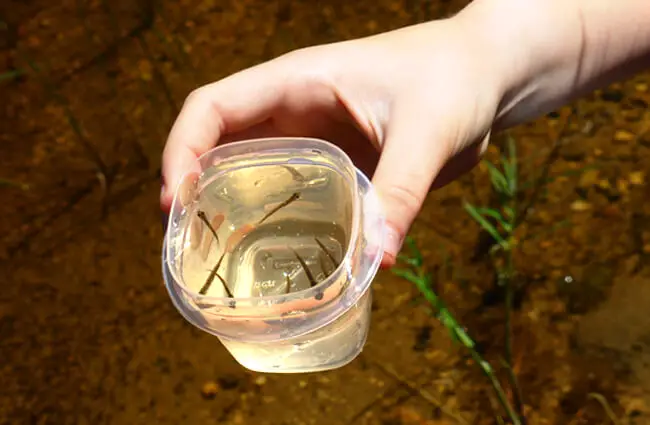
Ecological Role and Interactions
Minnows play a crucial role in aquatic ecosystems, serving as a vital link in the food web. They are a primary food source for a wide range of predators, including larger fish, birds, amphibians, reptiles, and mammals. Their abundance and distribution influence the population dynamics of these predators. Minnows also contribute to nutrient cycling by consuming detritus and invertebrates. They can be used as bioindicators, meaning their presence or absence, as well as their physiological condition, can reflect the overall health of the aquatic environment. Pollution, habitat destruction, and climate change can all negatively impact minnow populations, with cascading effects on the entire ecosystem.
Minnows and Humans: A Historical Relationship
Humans have interacted with minnows for centuries. They have been used as bait for fishing, as a food source in some cultures, and as model organisms in scientific research. Fathead Minnows, for example, are commonly used in toxicology studies to assess the effects of pollutants on aquatic organisms. Their small size, rapid reproduction rate, and tolerance to a wide range of conditions make them ideal for laboratory experiments. Historically, minnows were also consumed by some indigenous communities, providing a valuable source of protein. Overfishing and habitat destruction have led to declines in some minnow populations, highlighting the importance of sustainable management practices.
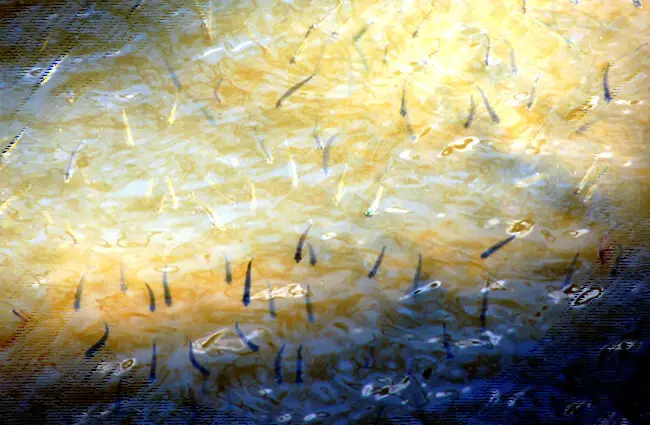
Spotting Minnows in the Wild: A Guide for Anglers and Nature Enthusiasts
If you’re hoping to observe minnows in their natural habitat, look for slow-moving streams, ponds, and lakes with abundant vegetation. Clear water and shallow areas are particularly good places to search. Look for small, silvery fish darting among the plants or schooling near the surface. Early morning and late afternoon are often the best times to observe minnows, as they are more active during these cooler hours. When observing, maintain a respectful distance and avoid disturbing their habitat. If angling, be mindful of catch-and-release practices to ensure the sustainability of minnow populations.
Caring for Minnows in Captivity: A Guide for Aquarists
While not commonly kept as display fish, minnows can be fascinating additions to a well-maintained aquarium. They require a spacious tank with plenty of plants and hiding places. Maintain excellent water quality through regular water changes and filtration. Feed a varied diet of small flakes, pellets, and live or frozen invertebrates. Ensure the tank is adequately oxygenated and maintained at a stable temperature. Avoid overcrowding, as this can stress the fish and increase the risk of disease. Be aware that some minnow species are schooling fish and should be kept in groups of at least six individuals.
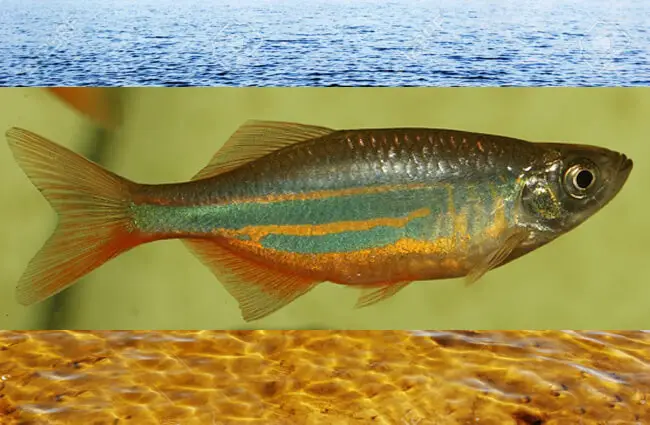
Fascinating Minnow Facts
- Some minnow species can change color to blend in with their surroundings.
- Fathead Minnows are named for their large, rounded heads; males develop bright red or orange coloration during breeding season.
- Minnows can detect changes in water flow and use this information to find food and avoid predators.
- Some minnow species are capable of surviving in oxygen-poor water by gulping air at the surface.
- Minnows play a role in controlling mosquito populations by consuming mosquito larvae.
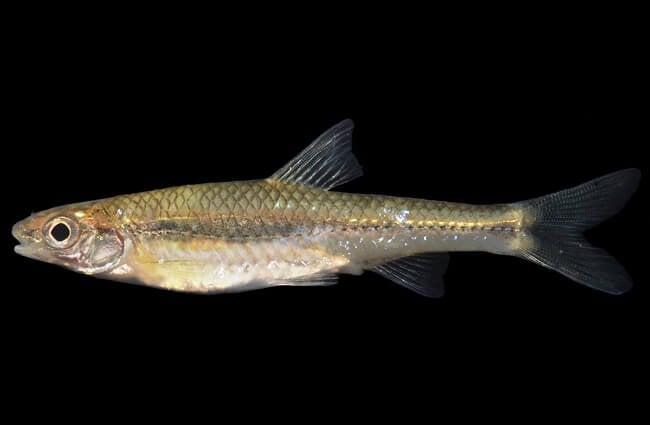
From their humble beginnings to their vital role in aquatic ecosystems, minnows are remarkable creatures deserving of our attention and respect. Understanding their biology, behavior, and ecological significance is crucial for ensuring their long-term survival and the health of the waterways they inhabit.

![Red Angus Closeup of a beautiful Red Angus cowPhoto by: U.S. Department of Agriculture [pubic domain]https://creativecommons.org/licenses/by/2.0/](https://animals.net/wp-content/uploads/2020/03/Red-Angus-4-238x178.jpg)




![Red Angus Closeup of a beautiful Red Angus cowPhoto by: U.S. Department of Agriculture [pubic domain]https://creativecommons.org/licenses/by/2.0/](https://animals.net/wp-content/uploads/2020/03/Red-Angus-4-100x75.jpg)

